Original UK Registration No. GY 2271 Manufactured by Robert Bamford and Lionel Martin, the first Aston-Martins (the hyphen is correct for the period) rapidly established a reputation for high performance and sporting prowess in the years immediately following The Great War. Unfortunately, the management's concentration on motor sport, while accruing invaluable publicity, distracted it from the business of manufacturing cars for sale, the result being a mere 50-or-so sold by 1925 when the company underwent the first of what would be many changes of ownership. The foundations were laid for the commencement of proper series production with the formation of Aston Martin Motors Ltd in 1926 under the stewardship of Augustus 'Bert' Bertelli and William Renwick. Bertelli was an experienced automobile engineer, having designed cars for Enfield & Allday, and an engine of his design - an overhead-camshaft four-cylinder of 1,492cc - powered the new 11.9hp Aston, known also as the '12/50' or '1½-Litre'. Built at the firm's new Feltham works, the first 'new generation' Aston Martins were displayed at the 1927 London Motor Show at Olympia. These new Astons were available on long and short chassis, the former being reserved for saloons and tourers and the latter for the sports models. Like his predecessors, 'Bert' Bertelli understood the effect of competition success on Aston Martin sales and sanctioned the construction of two works racers for the 1928 season. Based on the 1½-liter road car, the duo featured dry-sump lubrication a feature that would stand them in good stead in long distance sports car events and this was carried over to the International sports model, newly introduced for 1929. Built in two wheelbase lengths, the International was manufactured between 1929 and 1932, mostly with bodies by Augustus's brother Enrico 'Harry' Bertelli. The 'Le Mans' label was first applied to the competition version of the (1st Series) International following Aston's class win and 5th place overall in the 1931 Le Mans race. This conceit was fully justified when the model placed 5th and 7th in the 1932 race and collected the Rudge-Whitworth Biennial Cup. It may, in fact, be the first car named after the Le Mans Race, although many others have since followed Aston Martin's example. The second series of 1½ Liter cars were introduced in February 1932, although aesthetically it appeared to be just an update, there was a lot more to it under the skin. Most notably the cars featured an all new chassis, a Laycock transmission now mounted to the engine and the worm drive was sensibly revised by replacing it with an ENV spiral bevel drive. As before an International, dubbed 'New International', and the more sporting Le Mans was offered. Perhaps more so than many production versions of competition cars, the Aston Martin 'Le Mans' retained a greater essence of the works cars, something that can be attributed for the most part to its handsome looks created by the low radiator and short chassis, as well as the use of cycle fenders. The Le Mans 2/4 seater Bertelli body, had shapely twin cowls on the scuttle, and its tail was completed by a large purposeful 19 gallon fuel tank and vertically mounted spare. In line with current fashion trends, the bodywork was further decorated by a purposeful looking external exhaust which visibly dived out of the engine compartment, ran under the car in a 'Brooklands' silencer and was topped off with a 'fish tail'. Further aesthetic improvements over previous 2/4 body guises included the snug fitting of the top frame inside the body. A sparsely appointed interior meant that all eyes were drawn to the dash, this followed the contour of the cowls with large diameter Speedo and Rev counters sitting beneath each cowl, a visual delight. It was not all about looks though, the Le Mans engine had a 7.5:1 compression ratio, 25% higher than the standard model which allowed it to develop some 70bhp, enough to propel the car to a guaranteed
Original UK Registration No. GY 2271 Manufactured by Robert Bamford and Lionel Martin, the first Aston-Martins (the hyphen is correct for the period) rapidly established a reputation for high performance and sporting prowess in the years immediately following The Great War. Unfortunately, the management's concentration on motor sport, while accruing invaluable publicity, distracted it from the business of manufacturing cars for sale, the result being a mere 50-or-so sold by 1925 when the company underwent the first of what would be many changes of ownership. The foundations were laid for the commencement of proper series production with the formation of Aston Martin Motors Ltd in 1926 under the stewardship of Augustus 'Bert' Bertelli and William Renwick. Bertelli was an experienced automobile engineer, having designed cars for Enfield & Allday, and an engine of his design - an overhead-camshaft four-cylinder of 1,492cc - powered the new 11.9hp Aston, known also as the '12/50' or '1½-Litre'. Built at the firm's new Feltham works, the first 'new generation' Aston Martins were displayed at the 1927 London Motor Show at Olympia. These new Astons were available on long and short chassis, the former being reserved for saloons and tourers and the latter for the sports models. Like his predecessors, 'Bert' Bertelli understood the effect of competition success on Aston Martin sales and sanctioned the construction of two works racers for the 1928 season. Based on the 1½-liter road car, the duo featured dry-sump lubrication a feature that would stand them in good stead in long distance sports car events and this was carried over to the International sports model, newly introduced for 1929. Built in two wheelbase lengths, the International was manufactured between 1929 and 1932, mostly with bodies by Augustus's brother Enrico 'Harry' Bertelli. The 'Le Mans' label was first applied to the competition version of the (1st Series) International following Aston's class win and 5th place overall in the 1931 Le Mans race. This conceit was fully justified when the model placed 5th and 7th in the 1932 race and collected the Rudge-Whitworth Biennial Cup. It may, in fact, be the first car named after the Le Mans Race, although many others have since followed Aston Martin's example. The second series of 1½ Liter cars were introduced in February 1932, although aesthetically it appeared to be just an update, there was a lot more to it under the skin. Most notably the cars featured an all new chassis, a Laycock transmission now mounted to the engine and the worm drive was sensibly revised by replacing it with an ENV spiral bevel drive. As before an International, dubbed 'New International', and the more sporting Le Mans was offered. Perhaps more so than many production versions of competition cars, the Aston Martin 'Le Mans' retained a greater essence of the works cars, something that can be attributed for the most part to its handsome looks created by the low radiator and short chassis, as well as the use of cycle fenders. The Le Mans 2/4 seater Bertelli body, had shapely twin cowls on the scuttle, and its tail was completed by a large purposeful 19 gallon fuel tank and vertically mounted spare. In line with current fashion trends, the bodywork was further decorated by a purposeful looking external exhaust which visibly dived out of the engine compartment, ran under the car in a 'Brooklands' silencer and was topped off with a 'fish tail'. Further aesthetic improvements over previous 2/4 body guises included the snug fitting of the top frame inside the body. A sparsely appointed interior meant that all eyes were drawn to the dash, this followed the contour of the cowls with large diameter Speedo and Rev counters sitting beneath each cowl, a visual delight. It was not all about looks though, the Le Mans engine had a 7.5:1 compression ratio, 25% higher than the standard model which allowed it to develop some 70bhp, enough to propel the car to a guaranteed
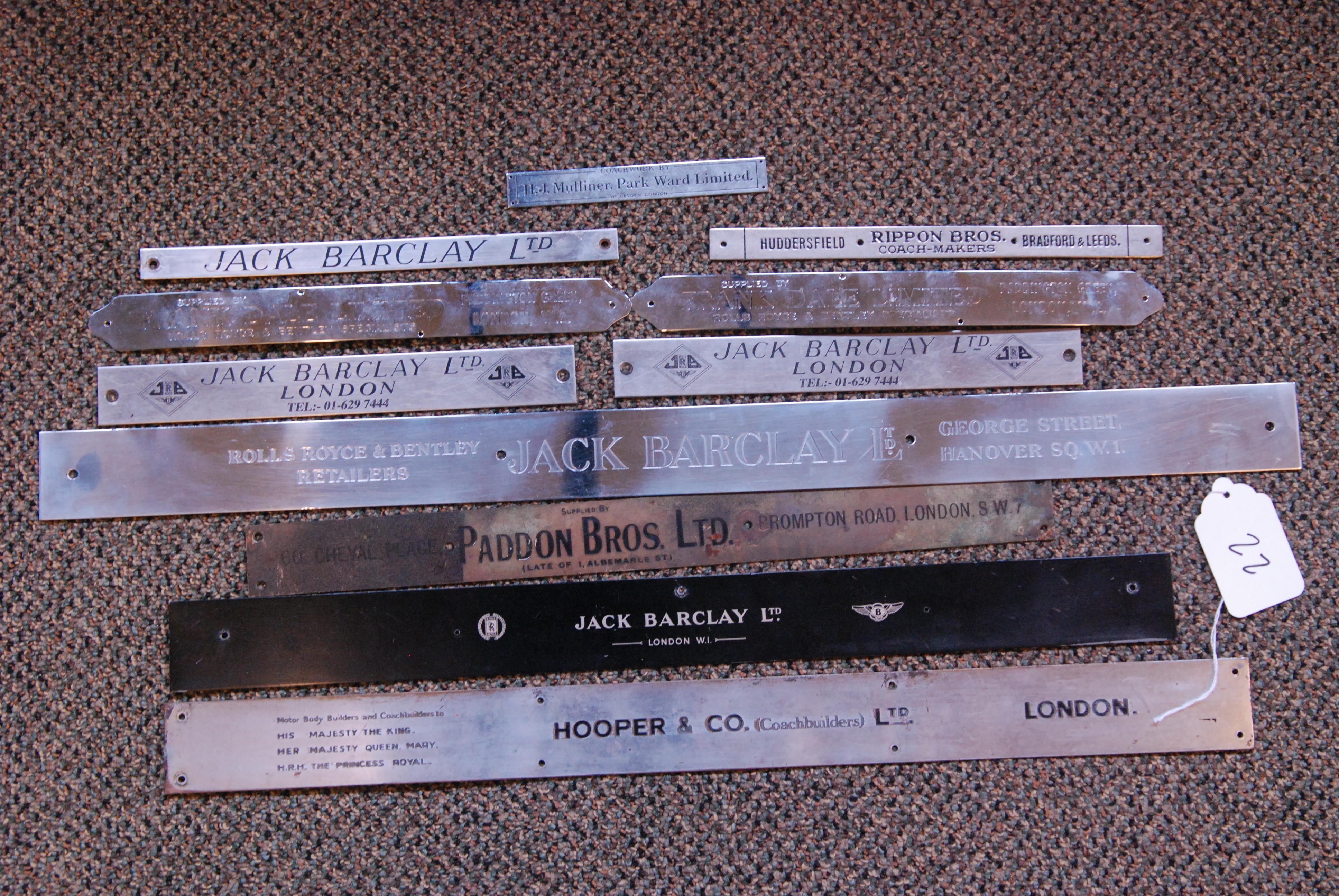
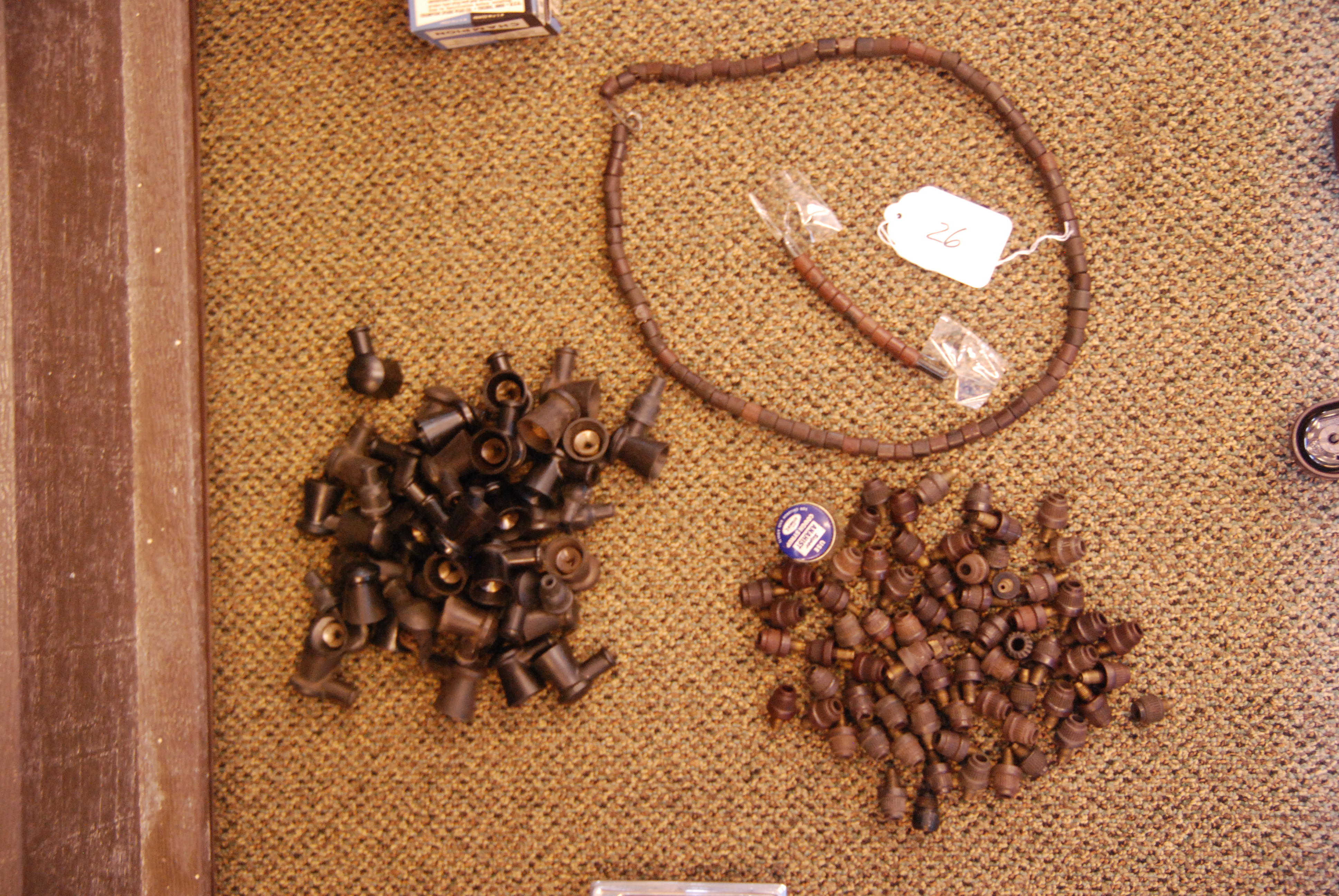
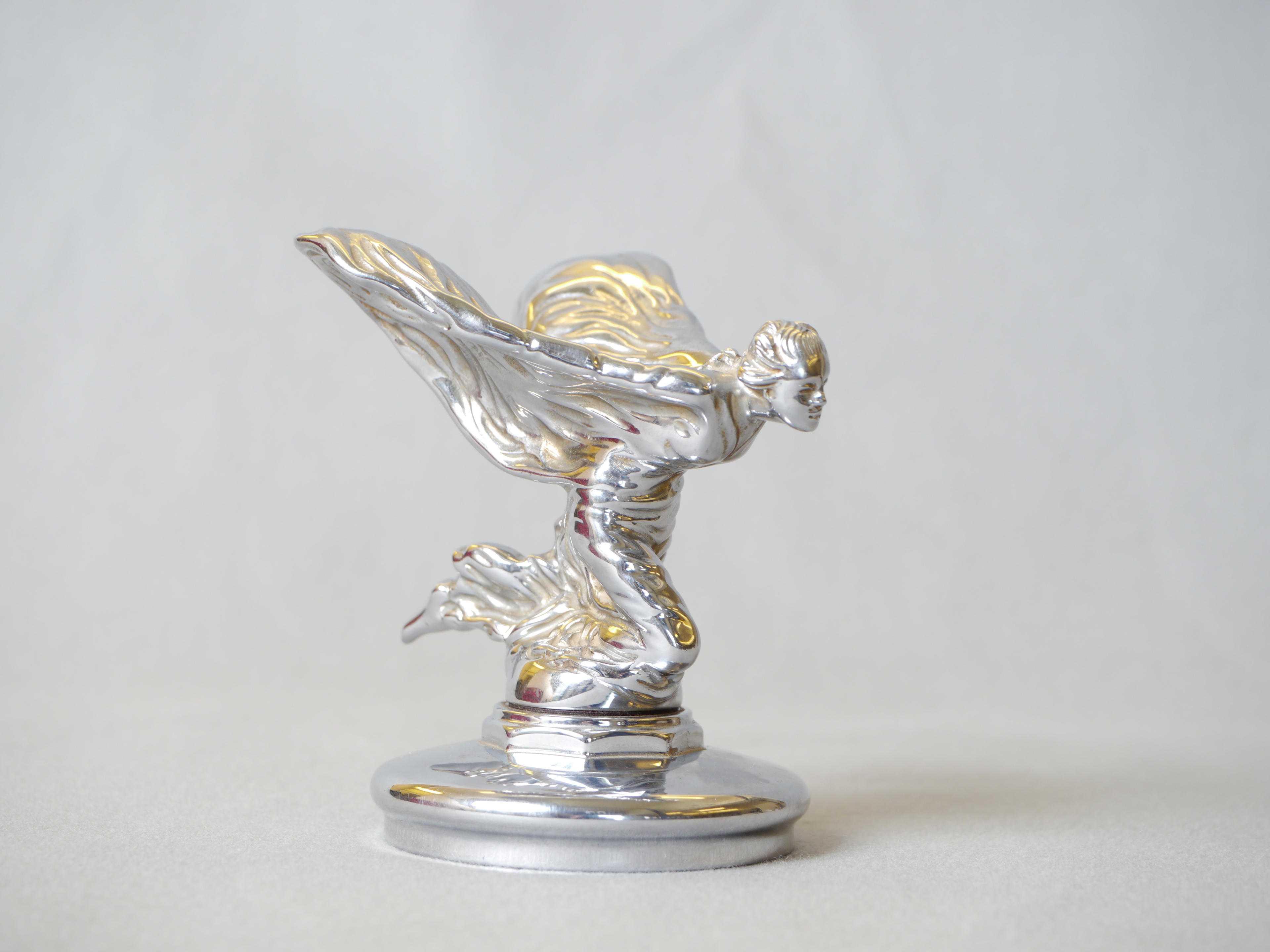
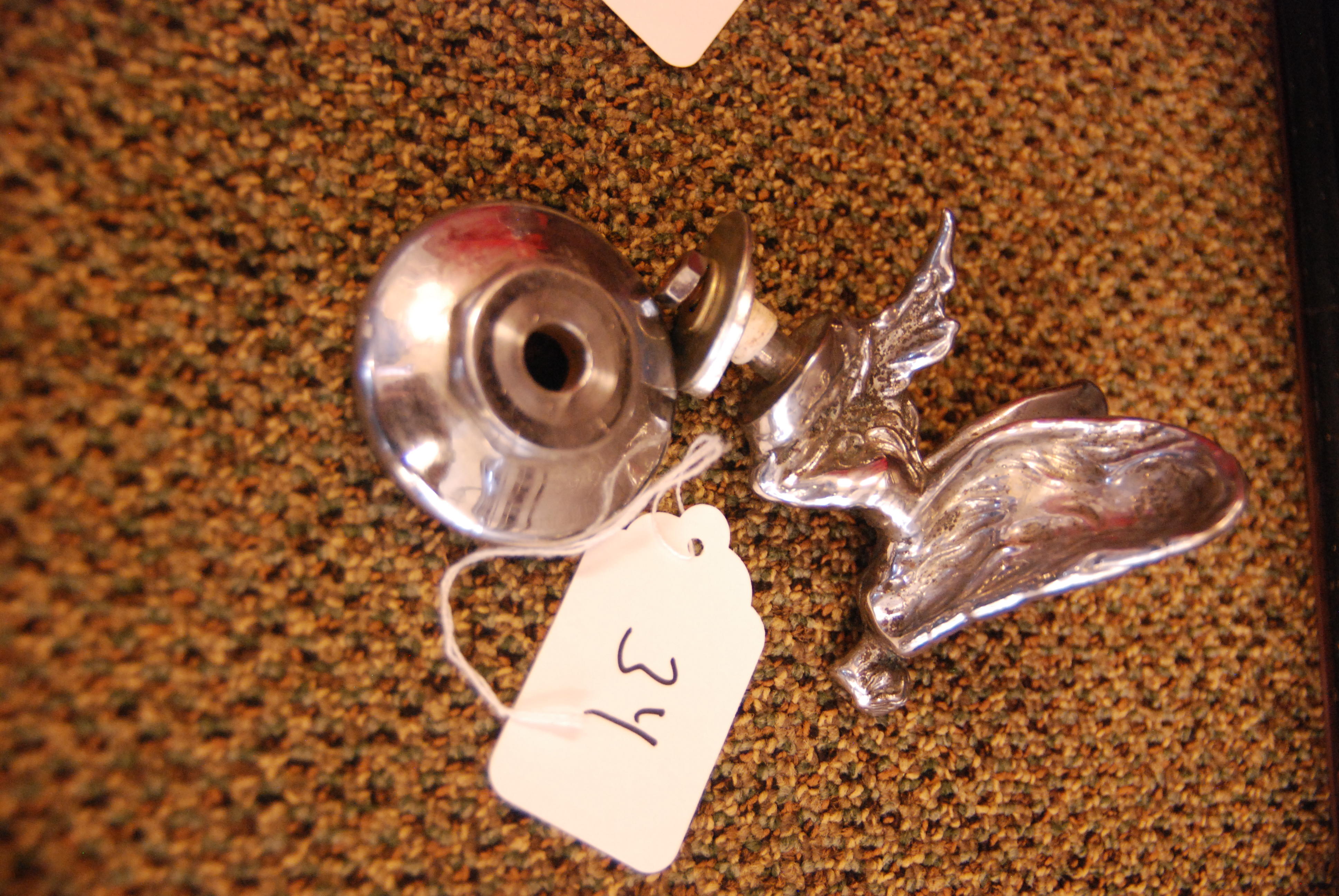
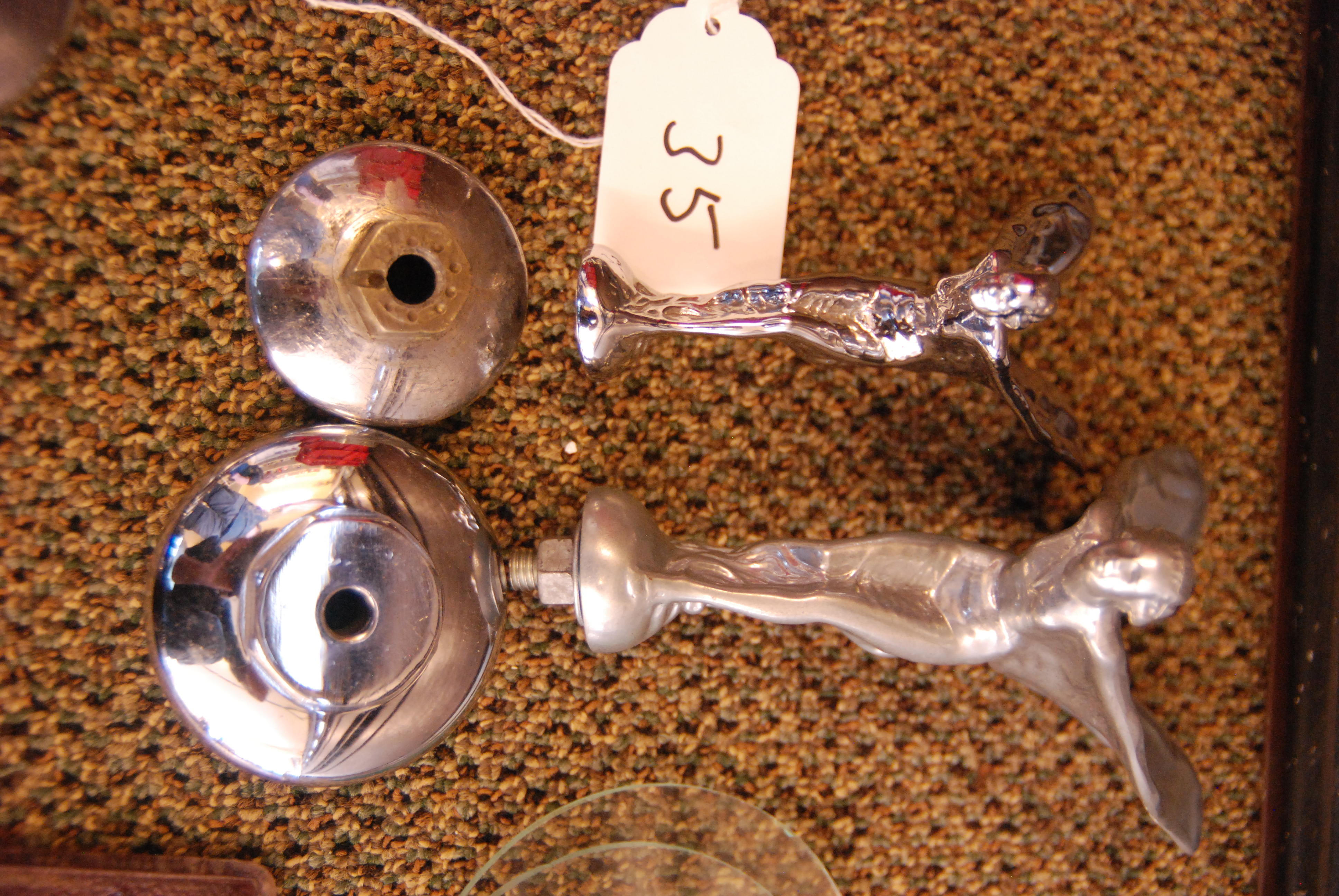
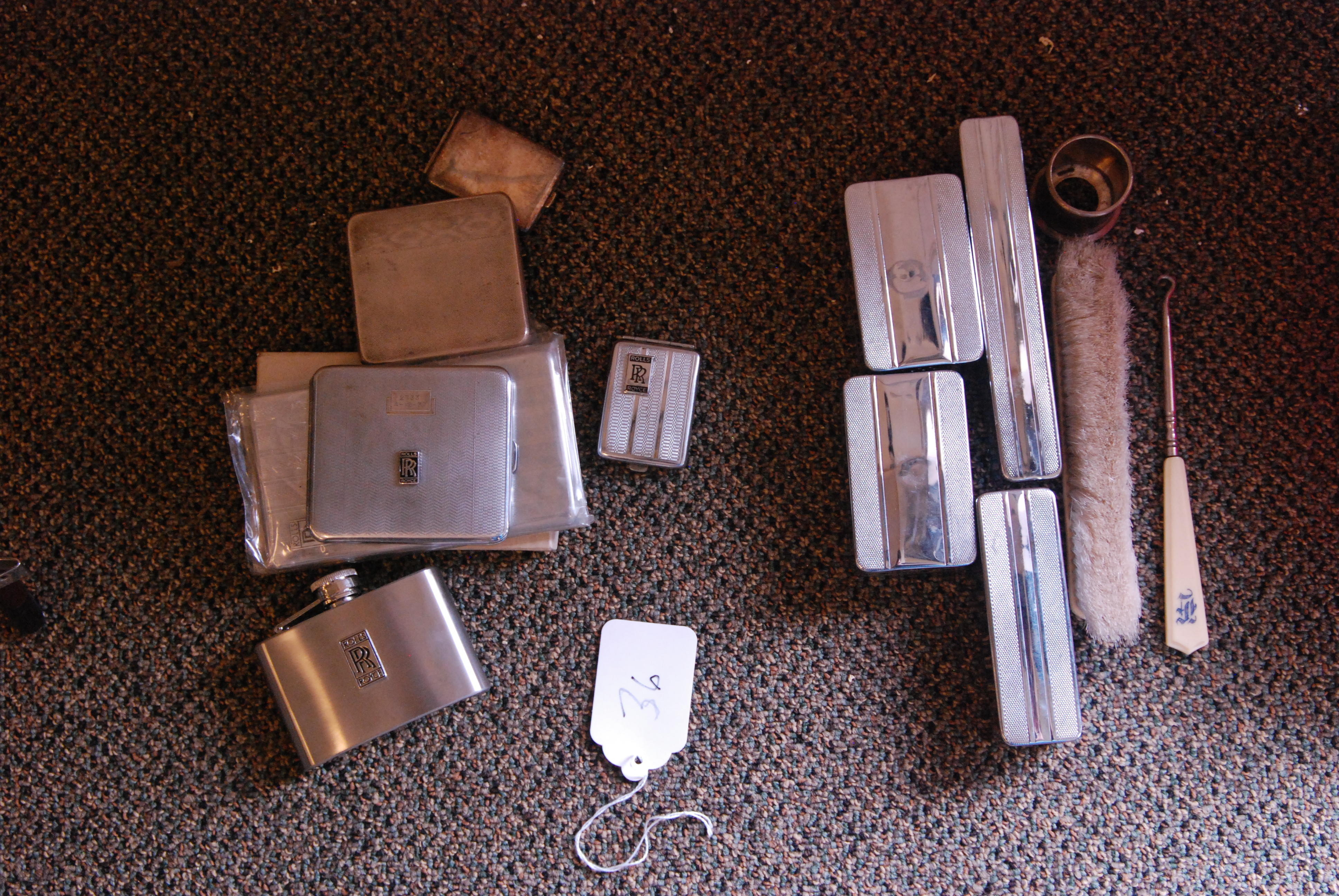

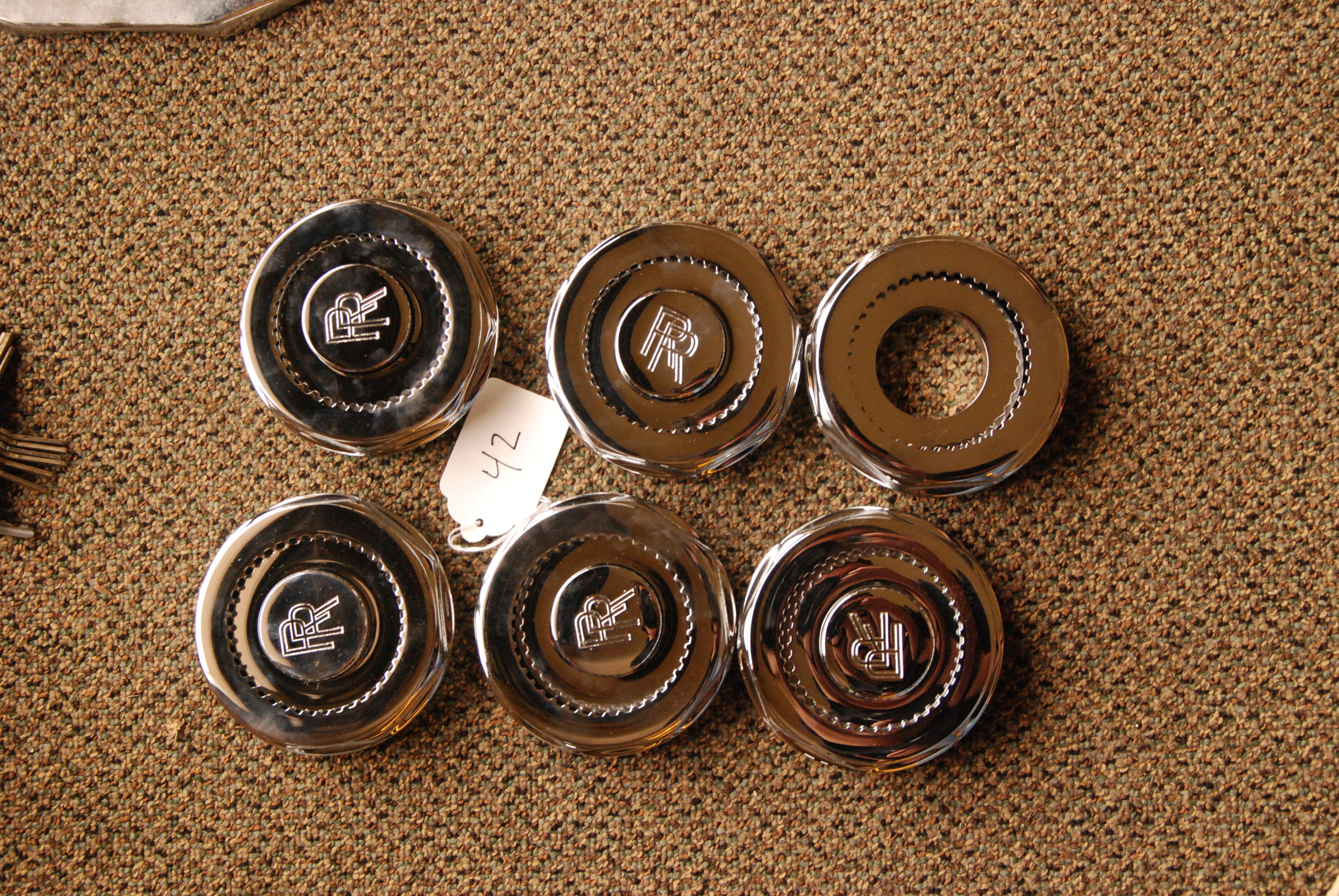
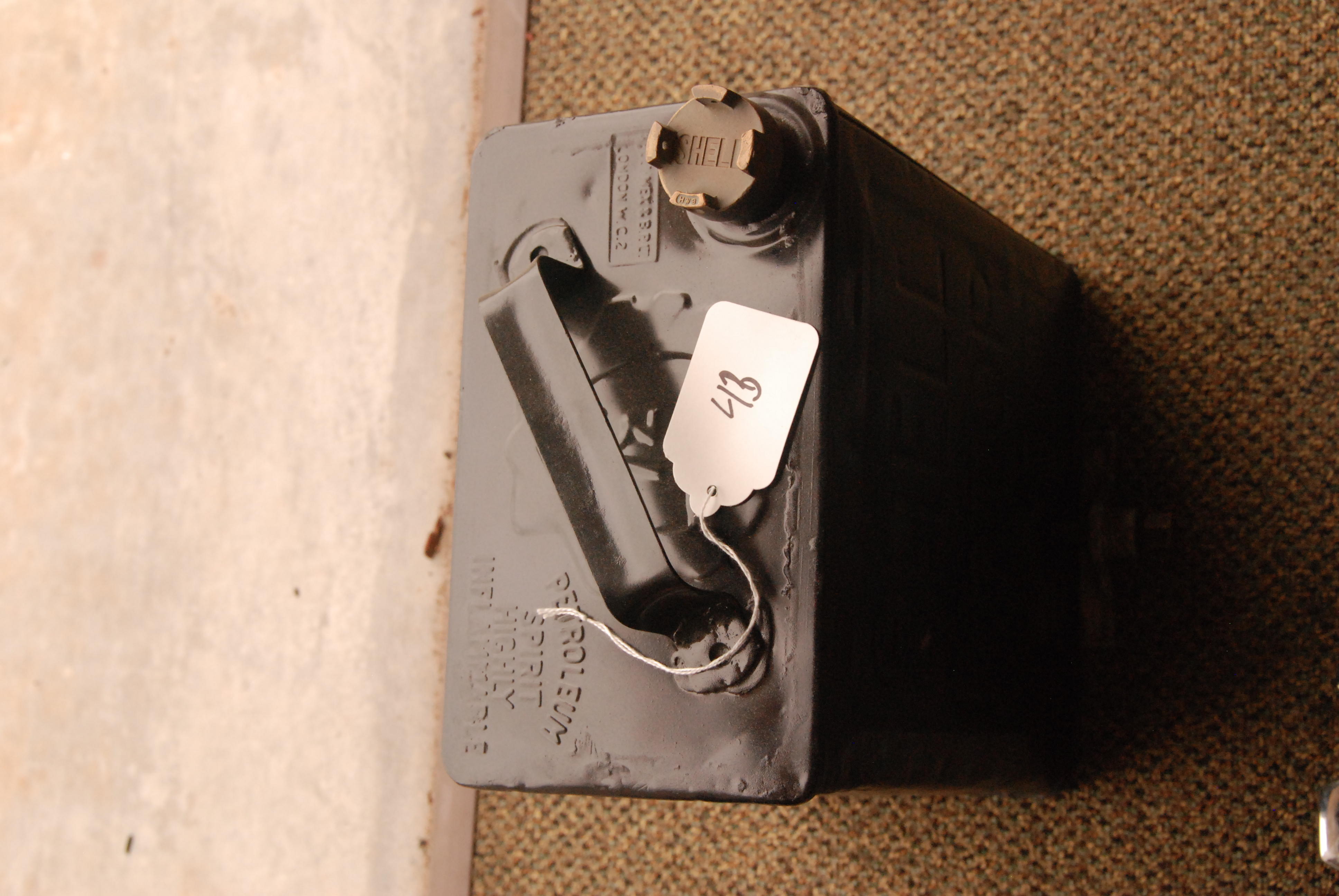
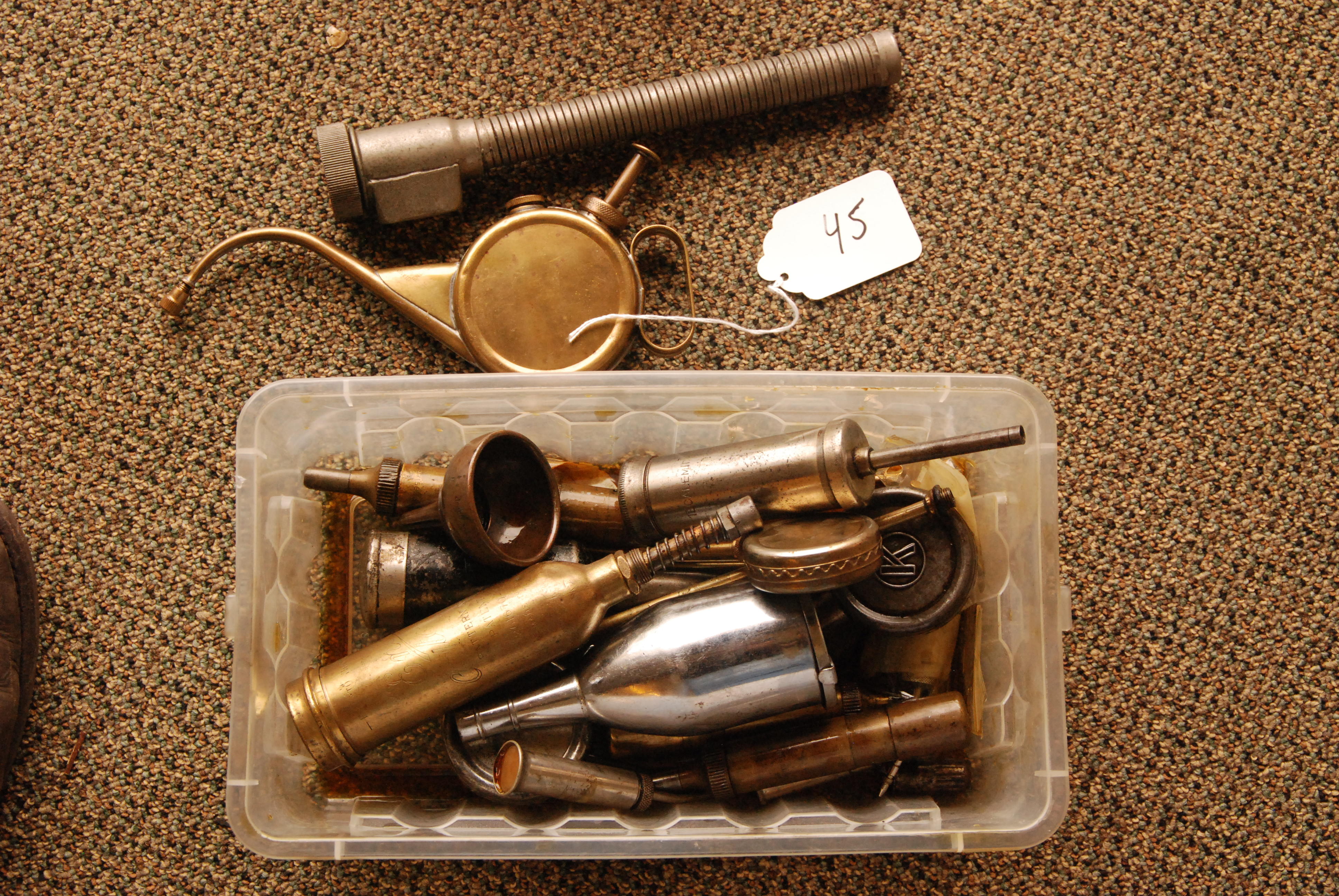
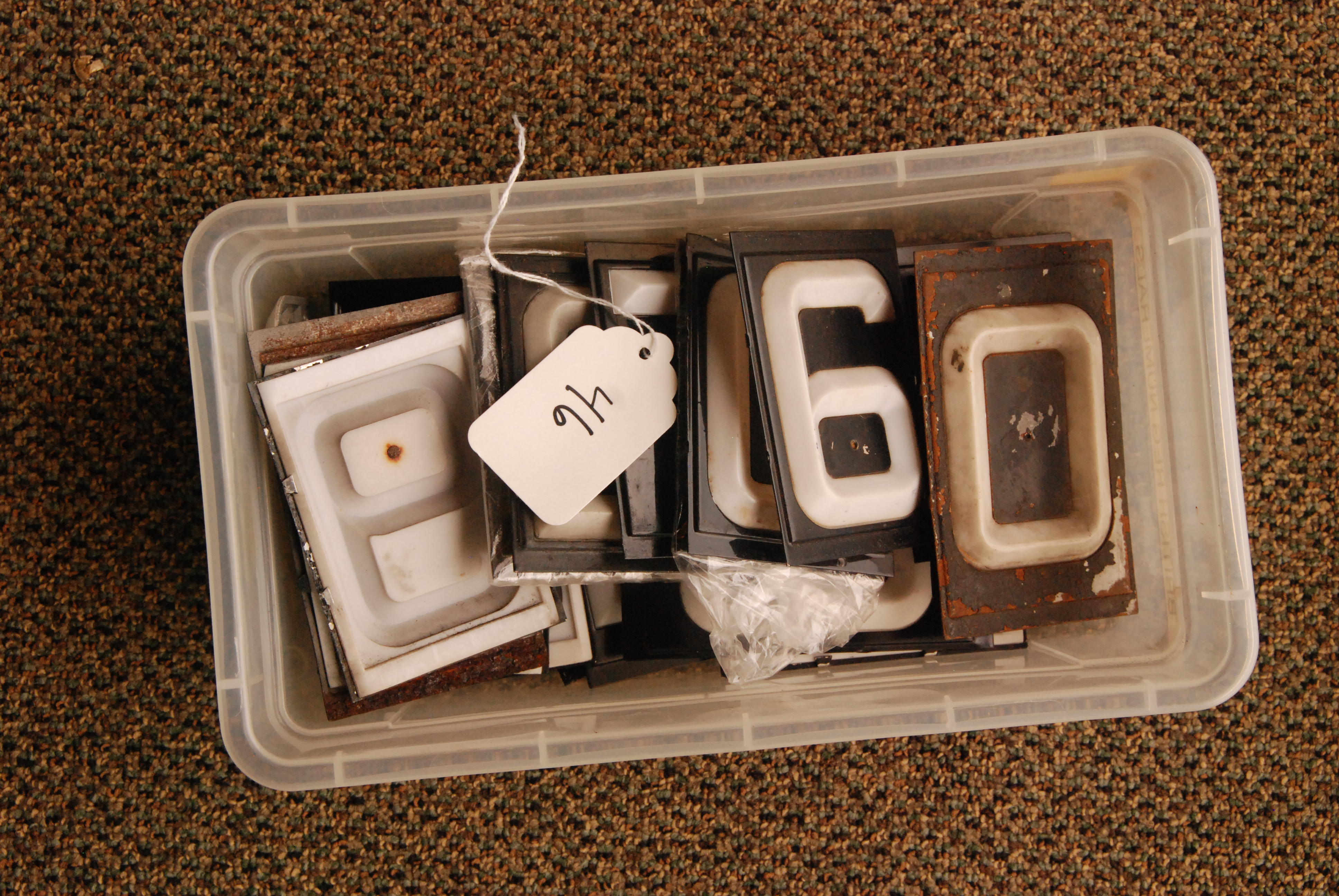
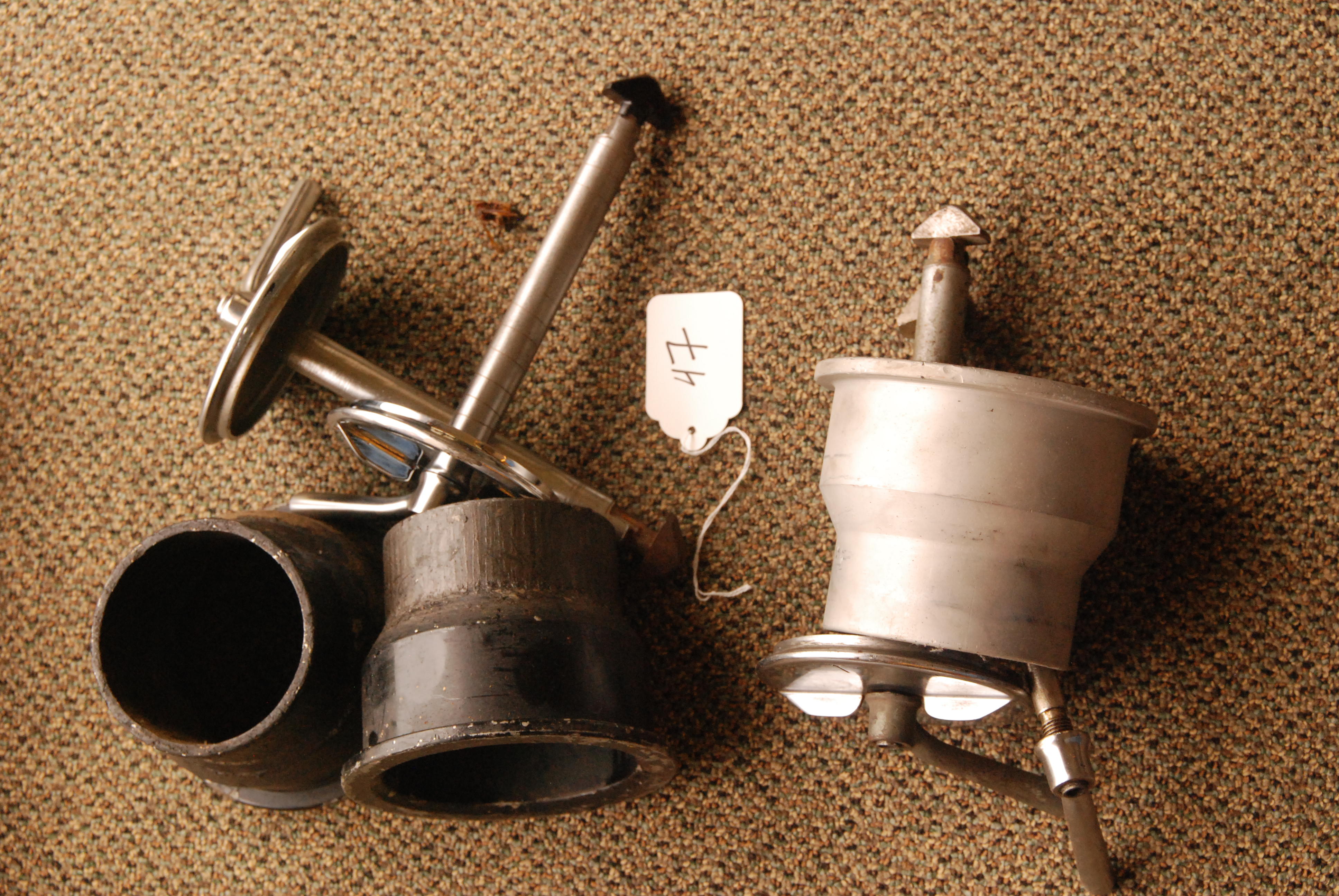
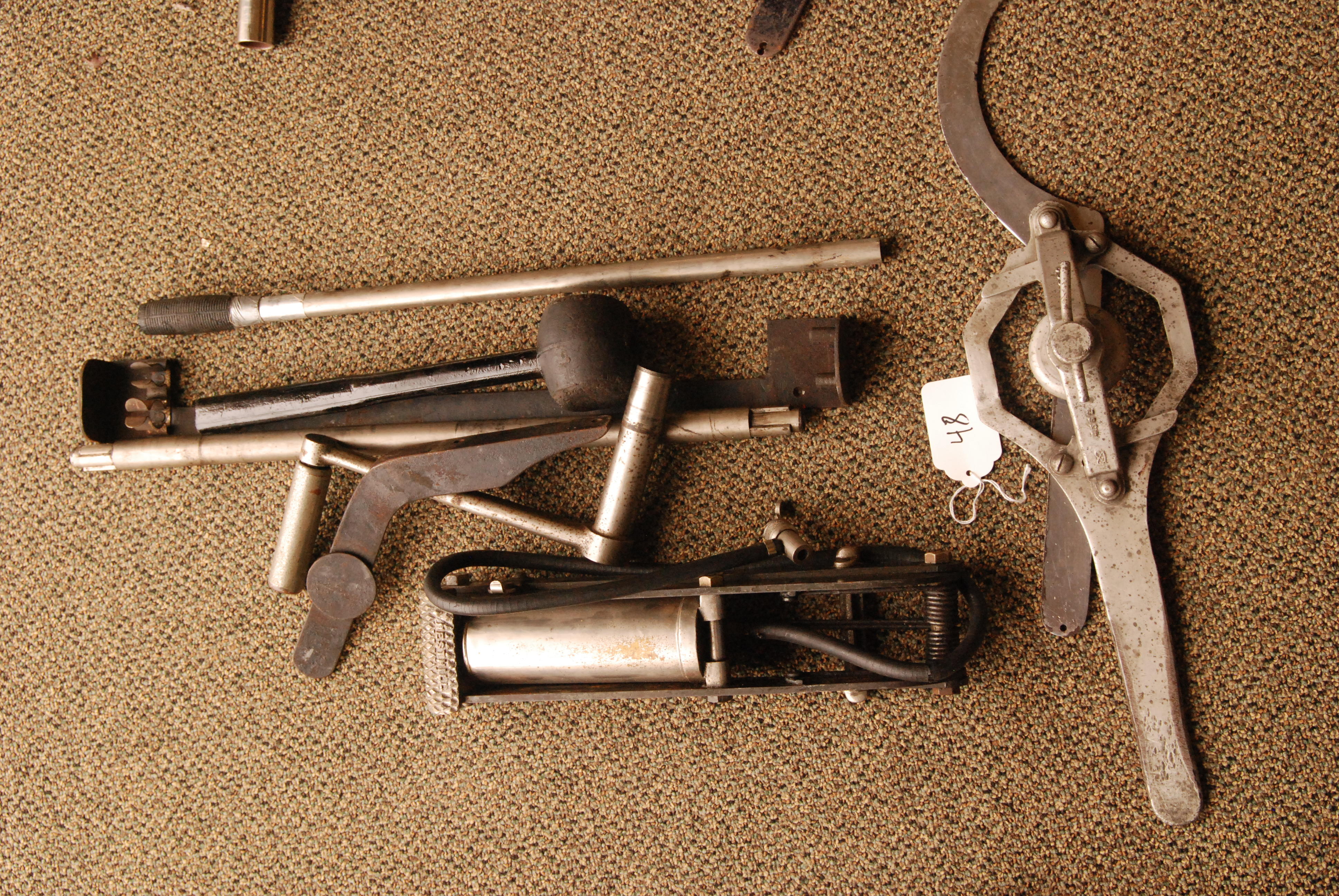

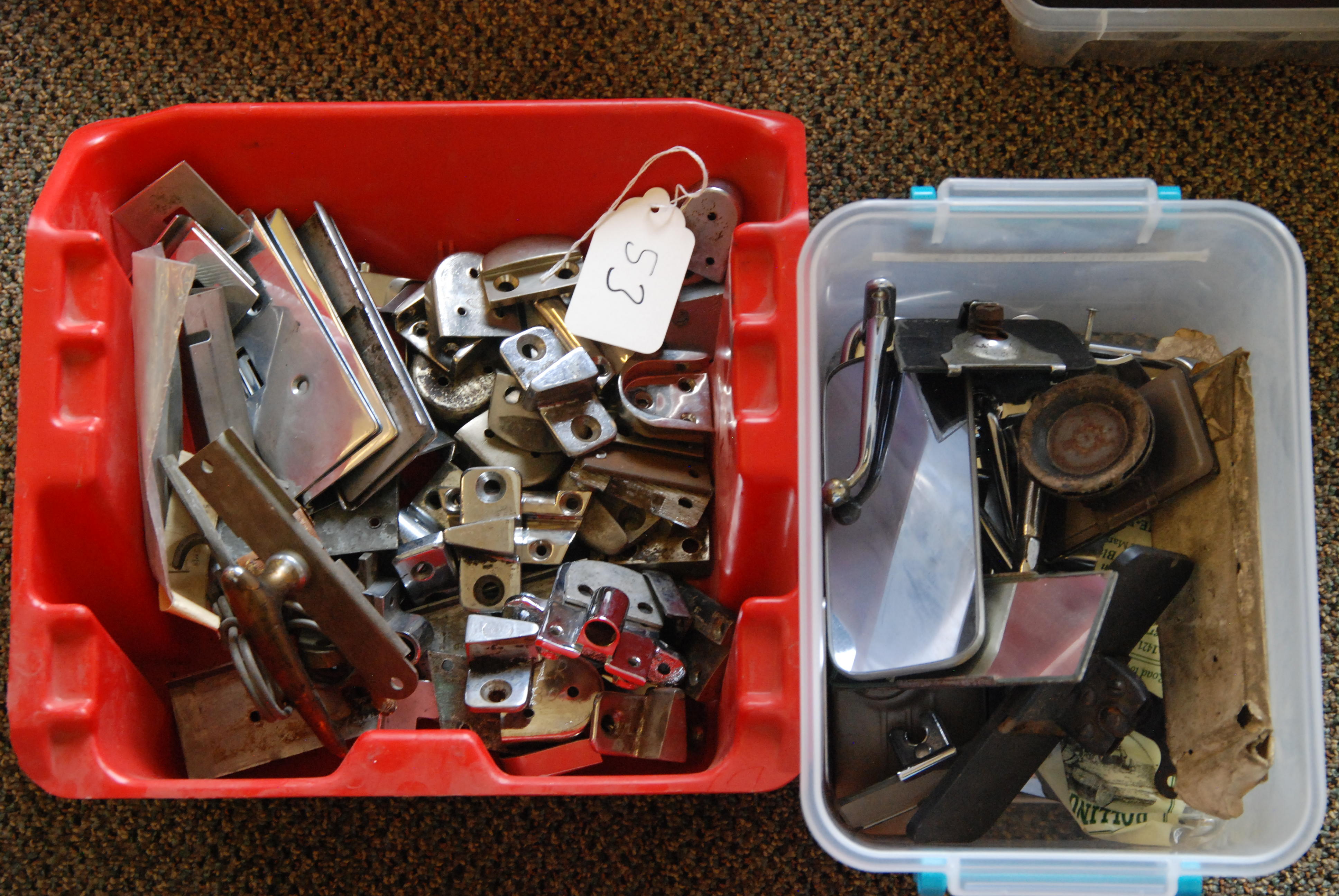
Try LotSearch and its premium features for 7 days - without any costs!
Be notified automatically about new items in upcoming auctions.
Create an alert